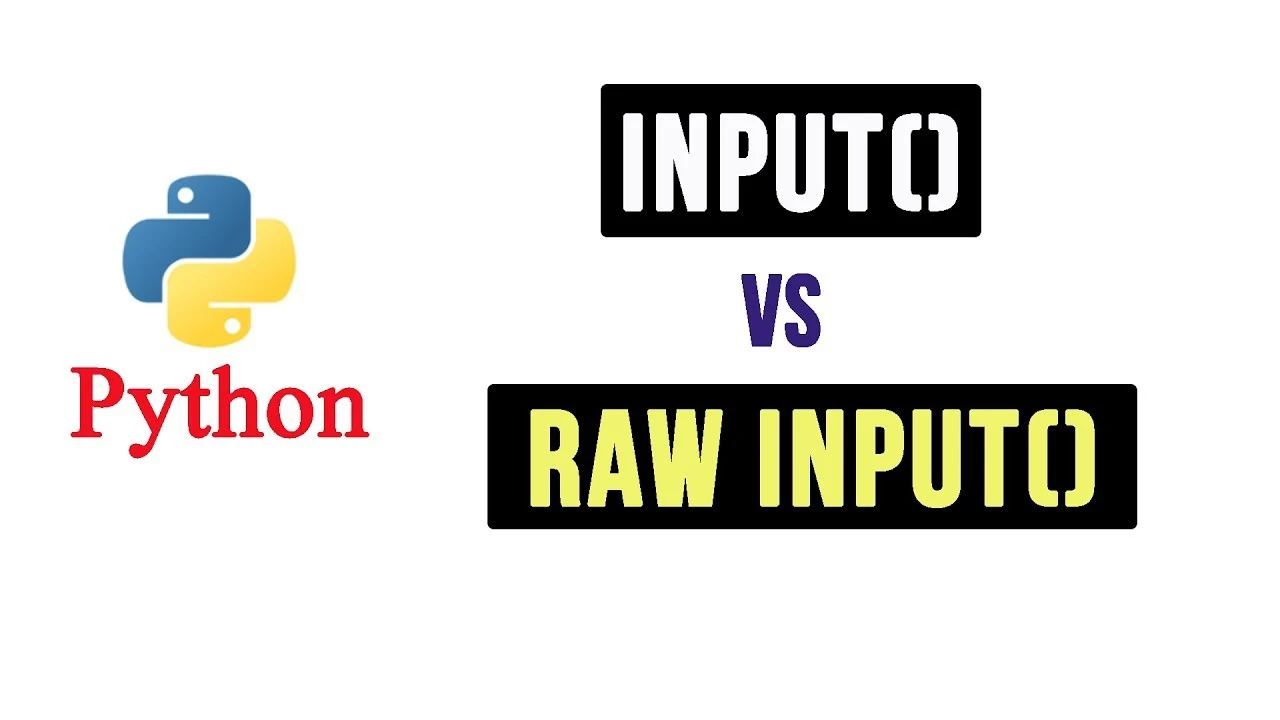What is raw_input()?
If you have some experience with Python 2, you may be familiar with the raw_input() function. In Python 2, raw_input() was used to take input from the user as a string. However, in Python 3, raw_input() has been removed, and trying to use it will result in an error.
The Introduction of input() in Python 3
In Python 3, the input() function has replaced raw_input(). The input() function reads a line from input, converts it to a string (stripping a trailing newline), and returns that. This change was made to simplify the input process and make it more consistent.
Simulating the Behavior of input() in Python 2
For those transitioning from Python 2 to Python 3 and missing the old behavior of input(), it is possible to simulate the Python 2 input() function in Python 3. One way to achieve this is by using eval(input()). However, it is essential to note that using eval() can be risky as it evaluates arbitrary Python expressions, which can pose security risks.
Safely Parsing Input without eval()
To safely parse input in Python 3 without resorting to eval(), consider using safer alternatives such as int(), float(), or other data type conversion functions based on the expected input. These functions provide a more secure way to convert user input into the desired data type without executing arbitrary code.
Example Safely Reading an Integer from User Input
try:
user_input = input("Enter an integer: ")
user_integer = int(user_input)
print("You entered:", user_integer)
except ValueError:
print("Invalid input. Please enter a valid integer.")

In the example above, we prompt the user to enter an integer. We then attempt to convert the input into an integer using the int() function. If the conversion fails due to invalid input, we catch the ValueError exception and display an error message.
In conclusion, the key difference between raw_input() and input() in Python 3 lies in their functionality and behavior. While raw_input() does not exist in Python 3.x, input() serves as its replacement. It is essential to embrace the changes made in Python 3 and adapt to the new standard functions to ensure compatibility and security in your programs.
To read more about What is LLAMA 3? Everything You Need to Know About Meta’s New AI
Remember, when handling user input, prioritize safety by avoiding potentially risky functions like eval(). Instead, opt for safer alternatives for data type conversion and input validation. By following best practices and leveraging the built-in functions of Python 3, you can enhance the robustness and security of your code.
What is raw_input() and how does it differ from input() in Python 3?
raw_input() was a function in Python 2 used to take user input as a string. However, it has been removed in Python 3. Instead, Python 3 introduced the input() function, which serves the same purpose but returns a string, simplifying the input process.
How can I simulate the behavior of input() from Python 2 in Python 3?
While input() replaces raw_input() in Python 3, if you’re transitioning from Python 2 and miss the old behavior, you can simulate it by using eval(input()). However, caution is advised as eval() can execute arbitrary Python expressions, posing security risks.
What are safer alternatives to using eval() for parsing input in Python 3?
Safer alternatives include using functions like int(), float(), or other data type conversion functions based on the expected input. These functions provide secure ways to convert user input into desired data types without executing arbitrary code.
What’s the importance of prioritizing safety when handling user input in Python?
Safety is crucial to prevent security vulnerabilities. Avoiding risky functions like eval() and opting for safer alternatives ensures the robustness and security of your code, aligning with best practices for Python programming.
Where can I learn more about Python programming practices and updates?
You can explore our blog for more insightful articles on Python programming, including updates, best practices, and tips for writing secure and efficient code.
What is LLAMA 3?
LLAMA 3 is Meta’s new AI. To learn everything you need to know about it, you can read our dedicated article on the topic titled “What is LLAMA 3? Everything You Need to Know About Meta’s New AI”.





